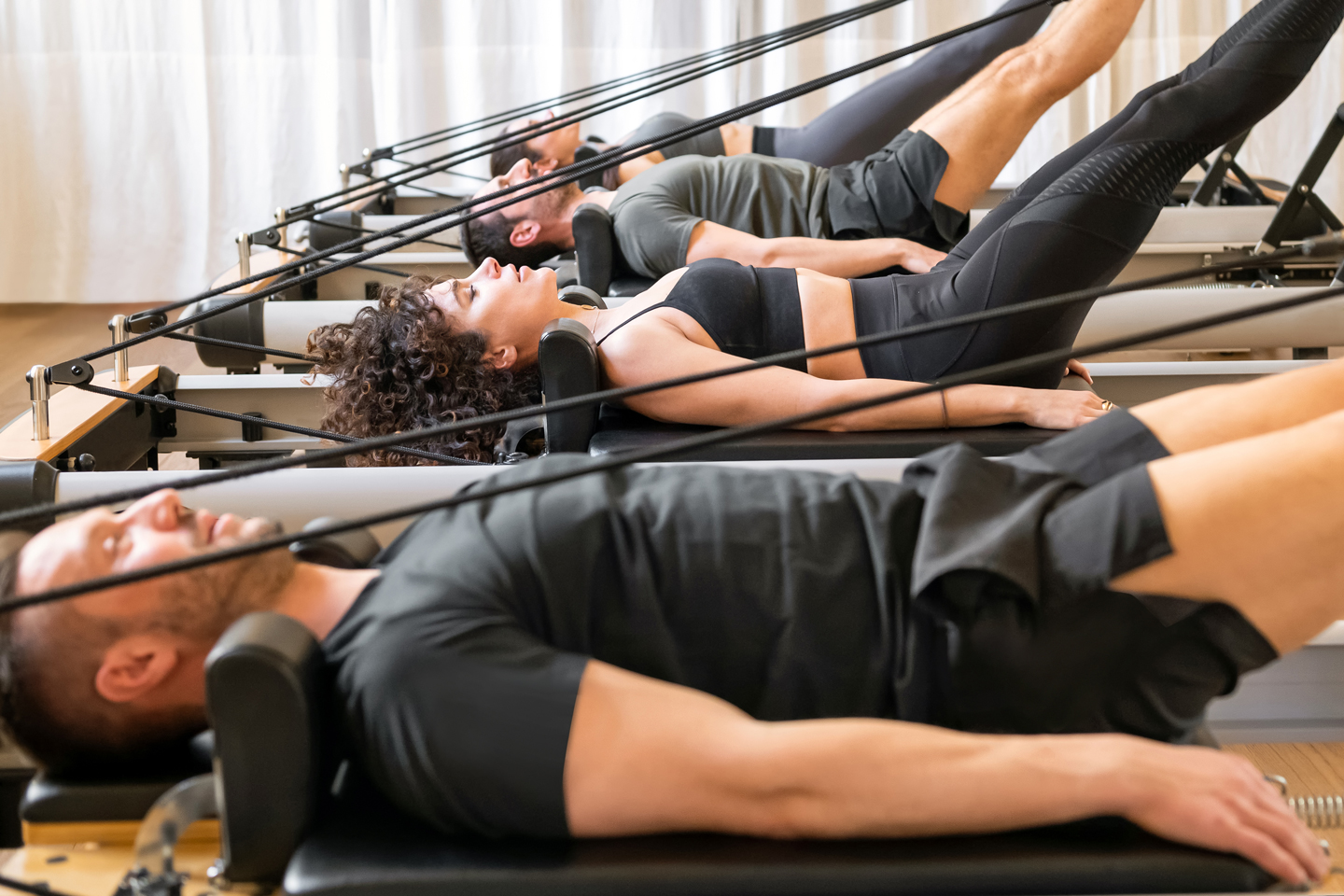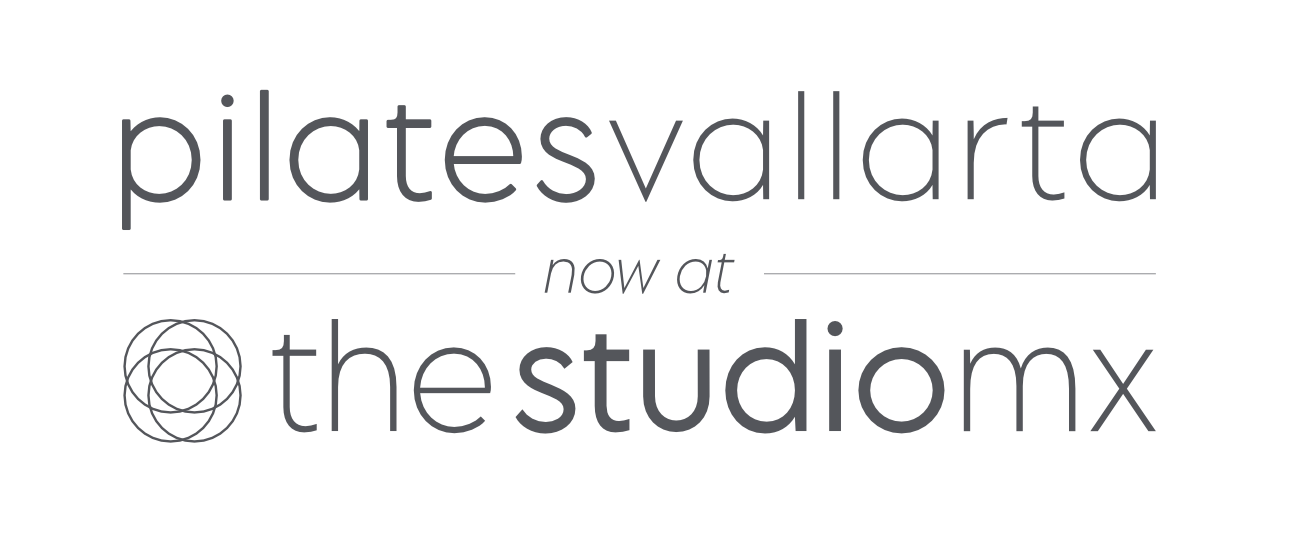

Pilates Vallarta Moved Across The Street!
Exciting News! We are now open at our new, beautiful studio at The Studio MX!
We invite you to come and explore our fantastic new surroundings and, as a special treat,
sign up for our grand opening with an exclusive 15% off offer.
Our expanded offerings include Reformer Pilates, Mat Pilates, Barre, and Yoga, all under one roof for one low price,
ensuring you have a variety of options to choose from for your fitness journey.
We can't wait to welcome you to our new space and help you embark on a path to better health and vitality.
Join us in Nuevo Vallarta and experience the joy of movement like never before!
The Studio MX
Plaza Puertarena
Boulevard Nuevo Vallarta 1000-Local 1, Puertarena,
Nuevo Vallarta, Nayarit, 63735 Mexico